A couple more cows per herd each year would realise Scotland’s economic potential by 2030

Quality Meat Scotland highlights widening domestic beef supply gap is ours for the taking
Data snapshot
- UK beef sector faces growing supply and demand gap by 2030, needing additional 278,000 tonnes of beef to reach self-sufficiency — as production projected to fall 8% from 2023 levels while demand is projected to rise
- Scotland could help bridge the gap with 22,000 tonnes more beef, requiring 79,000 additional breeding cows
- Two more cows per herd each year at the current reproduction rate - this economic opportunity in Scotland is around six to eight more cows per herd in total over three to four years
- This growth could generate an additional £281 million in output and £76 million in GVA for the Scottish economy
- If we do not increase production of beef in the UK, net imports are projected to rise by around 124,000 tonnes by 2030
- Processing capacity in Scotland currently underused — operating at just 69–73%
Quality Meat Scotland (QMS) continues to highlight the great potential of Scotland’s beef sector in its latest economic modelling on anticipated future domestic demand. Under the most realistic consumption scenario, the data estimates that by 2030 the UK would collectively need to produce 278,000 tonnes of beef on top of what it is currently projected to produce to achieve full self-sufficiency. This is a significant challenge given that domestic production is projected to decline by 8% from 2023 levels, while the UK population is set to grow by nearly 5% over the same period.
For Scotland to bridge this gap, this equates to around an additional 22,000 tonnes of beef, requiring approximately 79,000 additional cows at the current national average reproduction rate. This economic opportunity in Scotland is around six to eight more cows per herd or two cows a year per herd over the next three to four years, so that calves reaching the market in 2030 will be born in 2028 and 2029. The modelling suggests that achieving this would generate an additional £281 million in output and contribute £76 million in Gross Value Added (GVA) to the Scottish economy.
This widening gap between UK supply and demand will lead to significant increases in net imports from elsewhere, projected to be 124,000 tonnes higher in 2030 compared to 2023.
Kate Rowell, Chair of QMS, said: “Our evidence centre points to a clear growth opportunity by servicing domestic demand which, if we don’t seize, others certainly will through imports.
“We want the Scottish herd to grow by close to 80,000 cattle when compared to our projections which, when viewed at an individual farm level, translates to an attainable ‘couple more cows per herd each year’. Nationally, this goal would see the herd return to the levels seen in the mid-2010s. With the strength in our beef prices at the moment, now is the ideal time to invest in this small growth.
“Self-servicing is best for our society, economy, environment and Scotland has the infrastructure to support this growth, with the processing sector currently operating at only 69-73% capacity. If our production continues to decline, it will intensify adverse knock-on effects across the supply chain from feed, haulage and auctioneers to processors, butchers and retailers, and finally consumers.”
Compounding this challenge is global market volatility. As climate change affects major beef-producing nations, the UK faces increasing risks to food security. A rise in global demand for UK beef could further exacerbate supply issues domestically, requiring even greater import volumes to balance the market.
With the UK already a net importer of beef, requiring 154,000 tonnes in 2023 and an estimated 164,000 tonnes in 2024, the projected 278,000-tonne shortfall by 2030 is a considerable increase on 2023 levels. Compared to 2023, it would be 81% higher, while it would be up by 69% on 2024.
Given that UK beef production is typically more efficient and lower in emissions than international alternatives, increasing imports contradicts global sustainability goals, including commitments under the Paris Agreement.
Kate continued: “Our sector provides multiple public goods, supporting our soils and biodiversity, financially sustaining our most remote and rural communities and nourishing our nation with our world-renown quality protein. It would be utterly perverse from a security, quality and environmental perspective to risk losing a critical part of our national food system and accept an increase in overseas red meat imports.
“There is no one silver bullet solution to reversing the decline in the national beef herd and increasing our productivity and no one group that is responsible for making it happen. It will take everyone – industry, government and people in Scotland – to slow down the production decline and meet out potential.”
Throughout May and over the summer months, QMS will be working with partners to raise awareness, engage with and support producers and traders, politicians and decision makers, and consumers to boost confidence in our at-home market opportunity and encourage action.

Sign up for the latest news and views

 Quality Meat Scotland
Quality Meat Scotland4 Redheughs Rigg
Westpoint
South Gyle
Edinburgh EH12 9DQ
- Tel: +44 (0)131 510 7920
- Email: info@qmscotland.co.uk
Follow Us
- © Quality Meat Scotland 2025
- Terms & Conditions
- Accessibility Statement
- Privacy Policy
- Cookies
- Sitemap
Site by Art Department